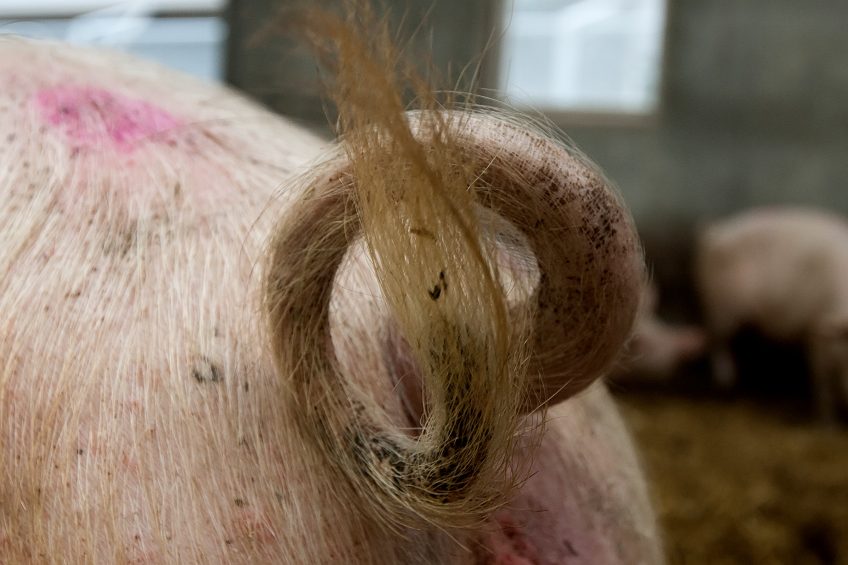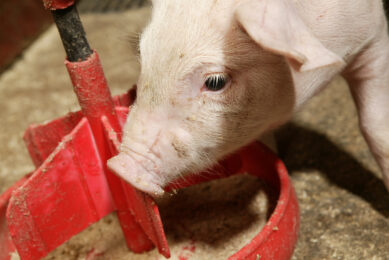How to deal with pig tail docking and biting?

How to deal with tail biting and how to stop tail docking? Questions which are more topical than ever, especially in the European Union. Answers are widely available online – and much more is to come.
On farms in several European countries, tail docking has successfully been stopped. In Finland and Italy, for example, good best practice videos from commercial farms are available on how to stop tail docking. These were provided by the European Commission and are available in 8 different languages.
In addition, factsheets are available on tail docking and on how to reduce the risk of tail biting. These give information about prevention and control of tail biting and are aimed to help farmers. The factsheets were produced by the FareWellDock project and are also available in multiple languages.
More information on tail docking to come
This collection is only the beginning. Soon, more information in more languages will be available and 2 additional films will be produced, not only on tail biting but also on feather pecking in chickens. These new initiatives are the outcomes of a recent meeting at Ege University in Izmir, Turkey.

Pig welfare columnist Dr Monique Pairis-Garcia on tail docking
The meeting was organised to bring together 50 stakeholders and scientists from 20 European countries to discuss how to bring up-to-date factual information to farmers – often a difficult task for researchers around Europe.
Network to reduce damaging behaviour in pigs
The researchers got together through the initiative GroupHouseNet, an EU network focusing on reducing damaging behaviour in pigs and poultry. Its aim is to provide innovations in breeding and management that are needed for a successful transition to large group housing systems without performing tail docking or beak trimming.

The network had invited to Turkey non-governmental organisations (NGO), industry and management experts. Mr Miguel Angel Higuera of Copa Cogeca, a European farmer association, presented results of an EU wide survey. He revealed that 95% of the farmers tail dock their pigs. He mentioned the importance of involving and informing the sector early in the development of solutions to reduce tail biting.
Large diversity within pig farming systems
Changing tail docking behaviour is a different subject, as there is a large diversity between EU member states in farming systems, climate and management. Hence different solutions are needed. In Finland and Switzerland, tail docking is already forbidden. In Sweden and Norway, the practice has never been allowed at all.

Tail biting as pig health phenomenon in the Pig Progress Health Tool
The GroupHouseNet project involves 25 of the 28 EU member states, as well as Norway, the United States, Turkey, former Yugoslav Republic of Macedonia, Montenegro and Serbia. The project GroupHouseNet is supported by the European Cooperation in Science and Technology (COST).
This article was co-authored by Kristine Hov-Martinsen, Torunn Aasmundstad, Bas Rodenburg, Armelle Prunier, Anna E. Valros and Andrew Janczak.











